EXPLORE
20 Things You Never Knew About London’s Iconic Underground
Published
2 months agoon
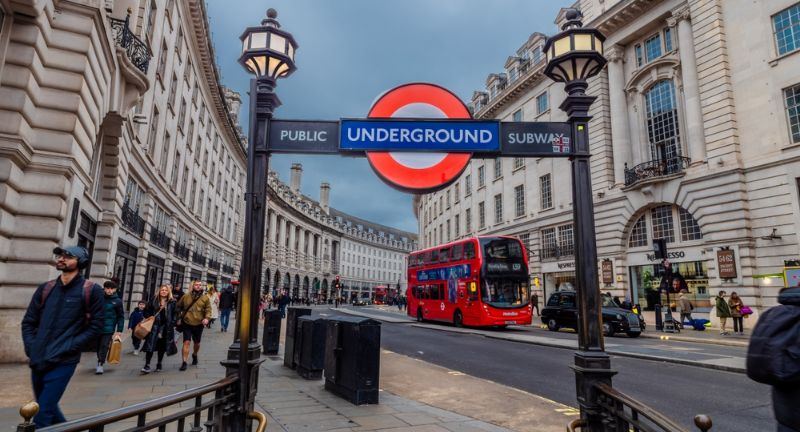
Shutterstock
The London Underground, commonly known as the Tube, is not just a transportation system—it’s a living piece of history beneath the bustling streets of London. As the world’s first underground railway, it has evolved from steam-powered trains to a modern network that carries over a billion passengers each year. Beyond its daily function, the Tube is filled with fascinating secrets, from hidden ghost stations to tunnels that conceal forgotten rivers. Whether you’re a local commuter or a first-time visitor, there’s always something new to discover beneath London’s surface. Let’s take a journey through 20 intriguing facts about the London Underground that make it one of the most iconic transit systems in the world.
Oldest Underground System in the World
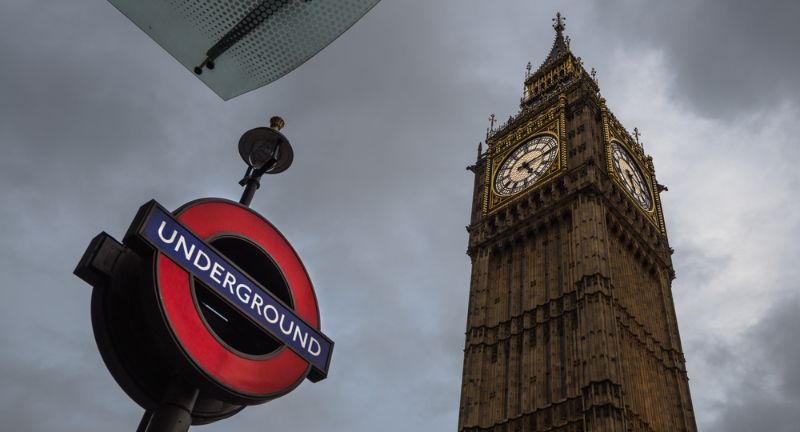
Shutterstock
The London Underground, often referred to as the Tube, is the oldest underground railway in the world. It officially opened to the public on January 10, 1863, providing a revolutionary new way for people to navigate the city. Its introduction marked the beginning of modern urban transit systems, forever changing how cities were designed. Over the years, the system has grown to become a defining feature of London’s identity.
It Was Initially Steam-Powered
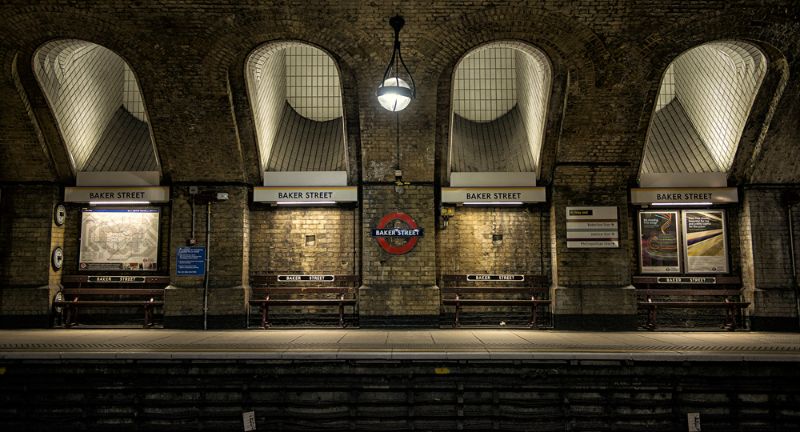
Shutterstock
Before electrification, early trains on the London Underground were powered by steam engines. This meant that stations were often filled with smoke and soot, making journeys rather unpleasant for passengers. Despite the challenges, it was a groundbreaking advancement in public transport for its time. The transition to electric trains later eliminated these issues and improved travel conditions significantly.
The ‘Tube’ Nickname Comes from Its Shape
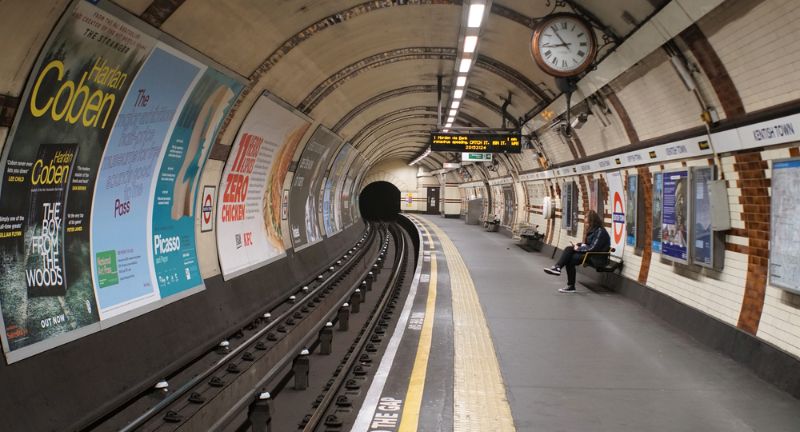
Shutterstock
The London Underground earned its nickname “the Tube” due to the cylindrical shape of its deep-level tunnels. This unique design was necessary to withstand the pressures of being buried deep beneath the city. The rounded shape also allows for efficient use of space and structural integrity. Over time, this nickname has become synonymous with London’s iconic transportation system.
Over 250 Miles of Track
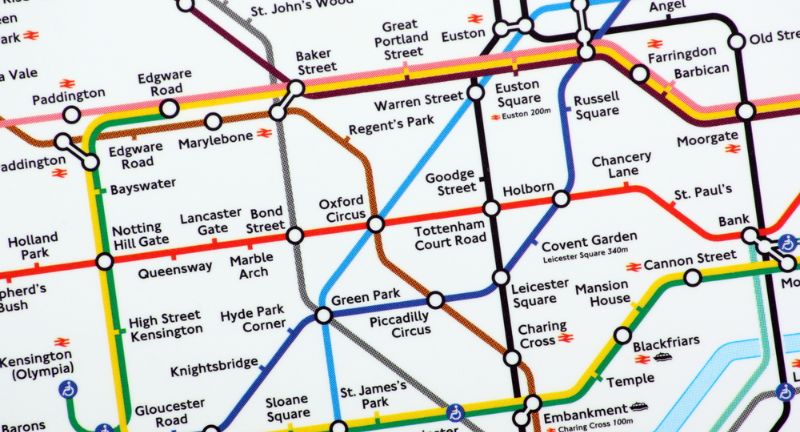
Shutterstock
The London Underground spans over 250 miles of track, making it one of the most extensive metro systems in the world. Its vast network connects Londoners to all corners of the city and even extends beyond the urban boundaries. This level of connectivity has played a key role in shaping London’s growth and accessibility. The system continues to expand and improve to meet the needs of its millions of passengers.
It Was Used as a Bomb Shelter During WWII
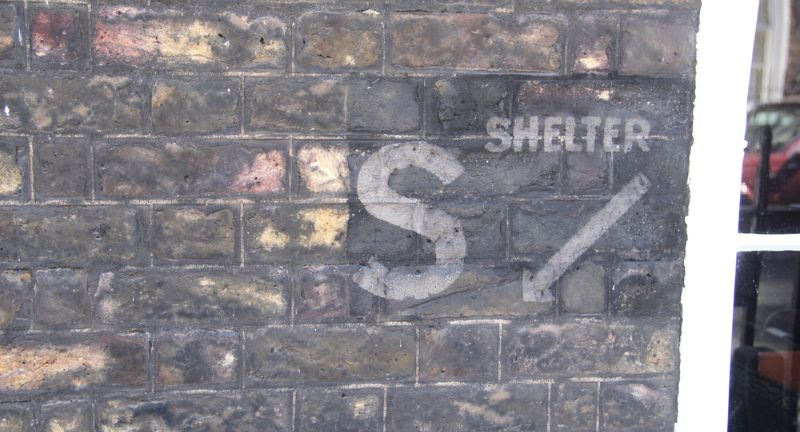
Shutterstock
During World War II, the London Underground served as a crucial refuge for civilians during air raids. Many stations were transformed into bomb shelters, providing safety for thousands of people during the Blitz. Families, workers, and officials alike sought protection in these underground spaces. The resilience shown during this period became a defining moment in the history of the Underground and London itself.
One of the First to Use Electric Trains
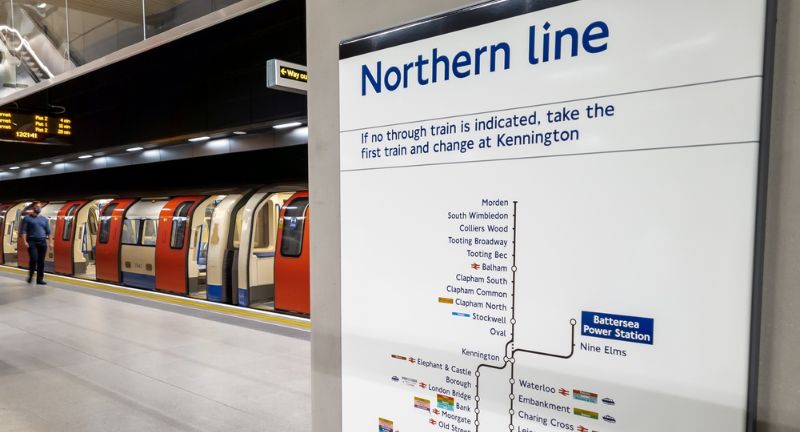
Shutterstock
The London Underground was one of the first transit systems in the world to introduce electric trains. The City & South London Railway, now part of the Northern Line, opened in 1890 with electric-powered locomotives. This advancement helped reduce the smoke-filled conditions caused by steam trains and significantly improved air quality underground. Over time, the entire system transitioned to electric power, making journeys faster and more efficient.
The Famous Roundel Logo is Over 100 Years Old

Shutterstock
The iconic London Underground roundel, featuring a red circle and blue bar, has been in use since 1908. Originally designed as a way to make station names more visible, it has since become one of the most recognizable transport logos in the world. Over the years, it has undergone several refinements while maintaining its classic look. Today, it symbolizes not just the Tube but the city of London itself.
Hidden Ghost Stations Exist
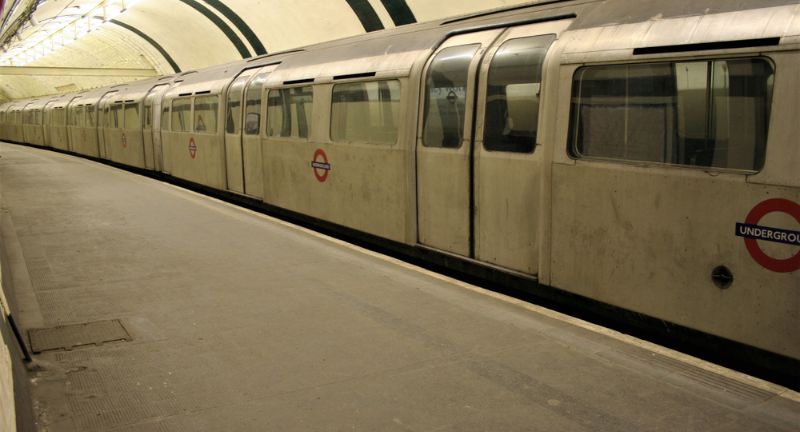
Shutterstock
Scattered throughout the Underground network are around 40 abandoned stations, often referred to as ghost stations. Some, like Aldwych and Down Street, have been repurposed for filming or special events, while others remain eerily untouched. These stations were closed due to low passenger numbers or changes in route planning. Urban explorers and history buffs find them fascinating remnants of the Tube’s past.
It Handles Over 1 Billion Passengers Annually
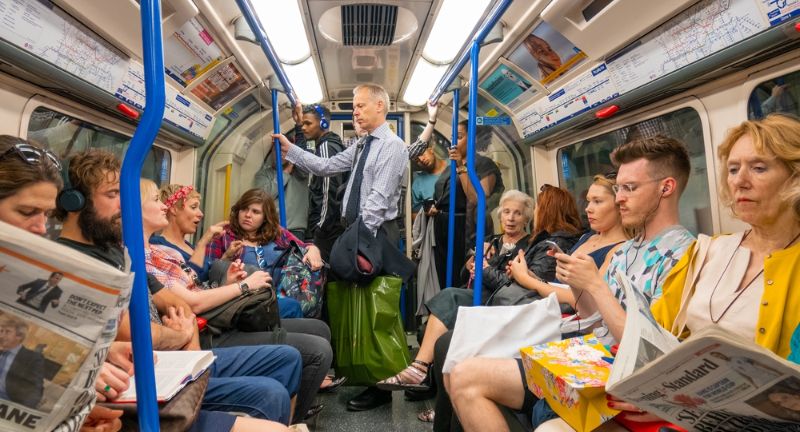
Shutterstock
Before the COVID-19 pandemic, the London Underground transported more than 1.3 billion passengers each year. This makes it one of the busiest subway systems in the world, comparable to those in New York and Tokyo. On weekdays, millions of commuters rely on it to navigate the city efficiently. Despite its age, continuous upgrades ensure it can accommodate the high demand.
The Longest and Shortest Lines
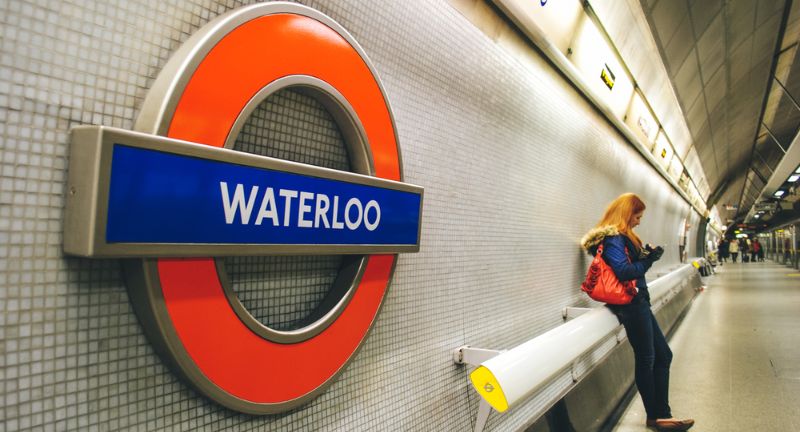
Shutterstock
The Central Line is the longest on the network, stretching 46 miles (74 km) from west to east. It serves a huge number of stations and is one of the busiest routes on the Underground. On the other end of the spectrum, the Waterloo & City Line is the shortest, covering just 1.47 miles (2.37 km). It operates exclusively between Waterloo and Bank, primarily serving commuters.
Deepest Station: Hampstead
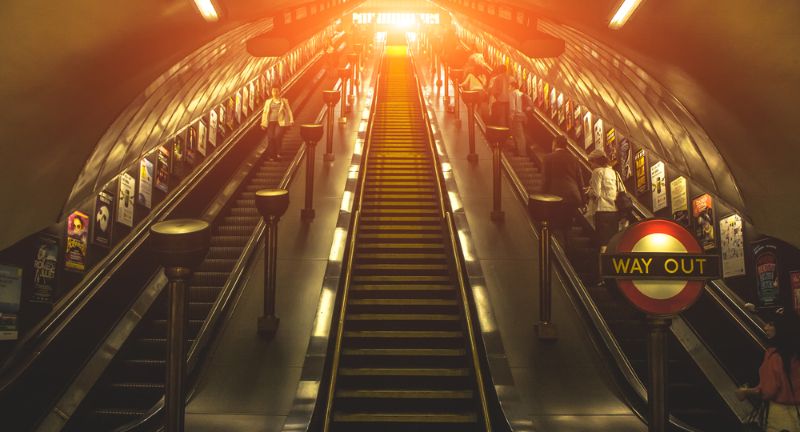
Shutterstock
Hampstead Station on the Northern Line holds the title of the deepest station on the London Underground. It sits 58.5 meters (192 feet) below ground, requiring an extensive elevator system for passengers. The depth was necessary due to the area’s hilly terrain. The station’s emergency staircase has over 320 steps, making it a challenge to climb if the lifts are out of service.
Mind the Gap
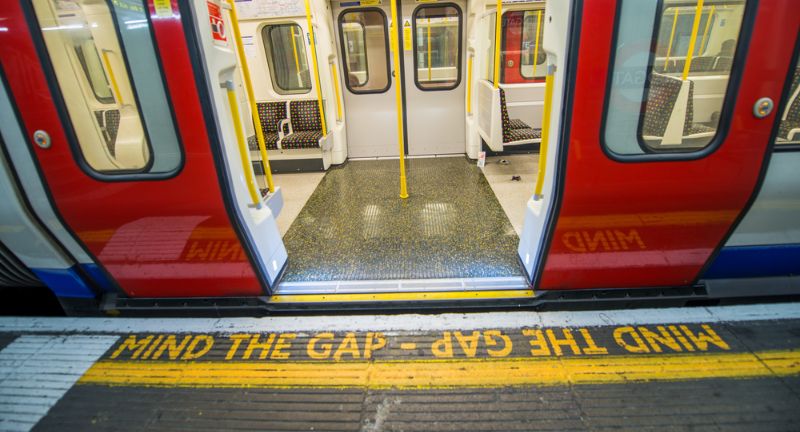
Shutterstock
The famous “Mind the Gap” warning was introduced in 1968 as an audio announcement to alert passengers of the gap between the train and the platform. The warning is particularly useful at curved stations where gaps are wider. The phrase has since become an iconic part of London’s identity, even appearing on T-shirts and souvenirs. Some original recordings of the announcement are still in use today.
The Victoria Line is Fully Automated
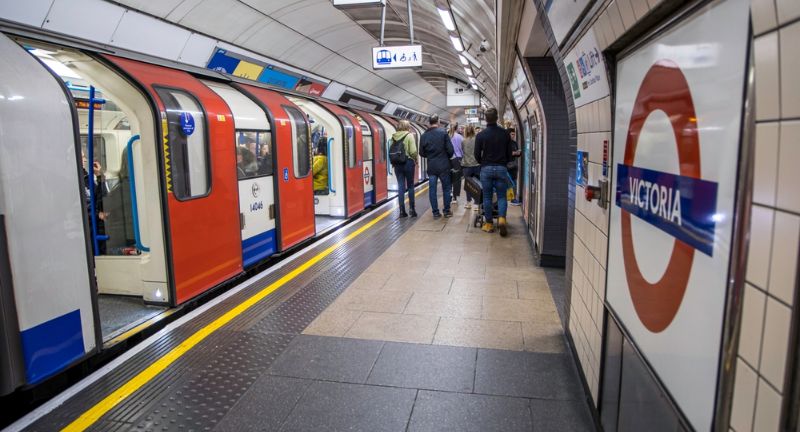
Shutterstock
The Victoria Line, opened in 1968, was the first fully automated Underground line. Unlike older lines, it was built with driverless technology, though train operators are still present for safety reasons. Its automation allows for faster and more efficient services with minimal human intervention. The line is known for its high-speed operations and frequent service.
The Tube Inspired Harry Potter’s Platform 9¾
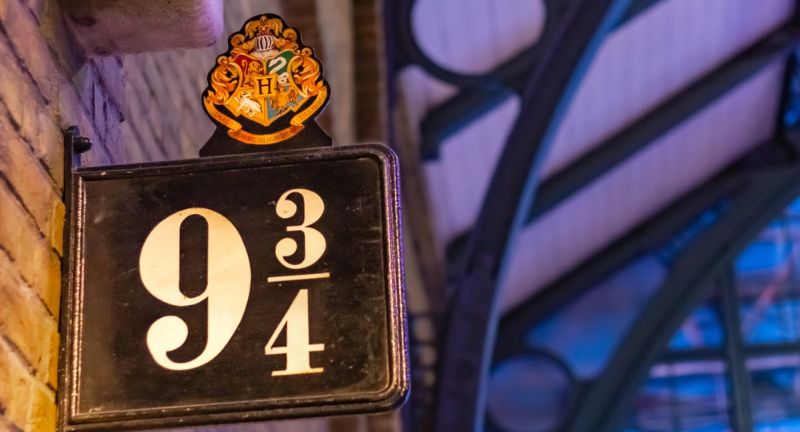
Shutterstock
J.K. Rowling took inspiration from King’s Cross Station for the magical Platform 9¾ in the Harry Potter series. In the books, young witches and wizards access the platform by running through a magical barrier between platforms 9 and 10. Due to the popularity of the series, a “Platform 9¾” sign and a trolley disappearing into the wall were installed at King’s Cross for fans to take photos. The location is now one of London’s most visited tourist attractions.
Mice Outnumber Humans
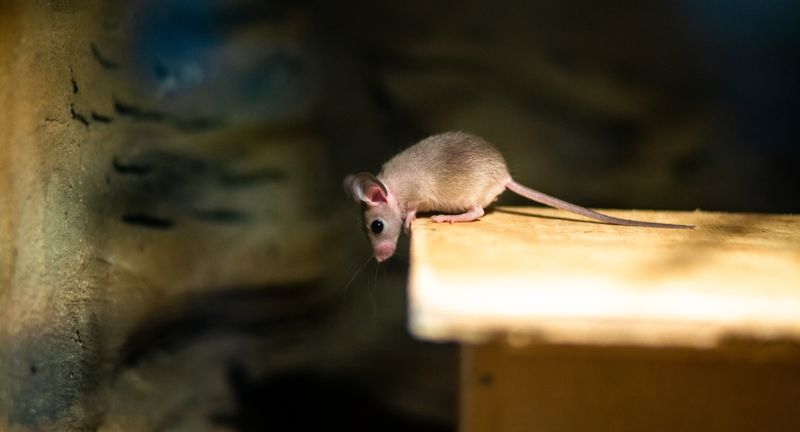
Shutterstock
The London Underground is home to thousands of tiny mice that thrive in its tunnels. These rodents survive on food scraps left behind by passengers and can often be seen scurrying along the tracks. Some stations, like Baker Street, are known for their high mouse populations. Despite their presence, regular cleaning and maintenance help keep their numbers under control.
The Lost River Fleet Runs Beneath It

Shutterstock
Beneath the bustling streets of London and the Underground itself flows the hidden River Fleet. This subterranean river, once a prominent waterway, was gradually covered over as London expanded. Some passengers have reported hearing rushing water beneath stations like King’s Cross and Farringdon, particularly after heavy rain. Though out of sight, the River Fleet remains an intriguing and largely forgotten part of the city’s landscape.
There’s a Time Capsule Buried Underneath
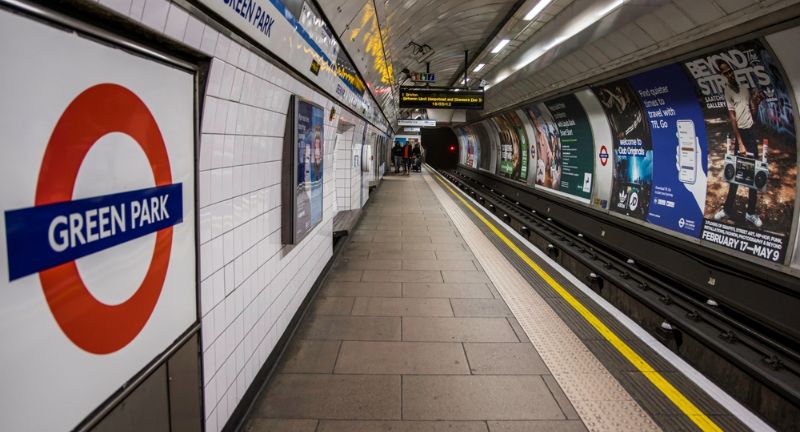
Shutterstock
In 1969, a time capsule was buried at Green Park station to commemorate the opening of the Victoria Line. The capsule contains items that represent London Transport at the time, including newspapers, coins, and tickets. It remains hidden beneath the station, intended for future generations to uncover. This fascinating piece of history is just another secret buried within the Underground.
Charing Cross Has a Secret Chamber
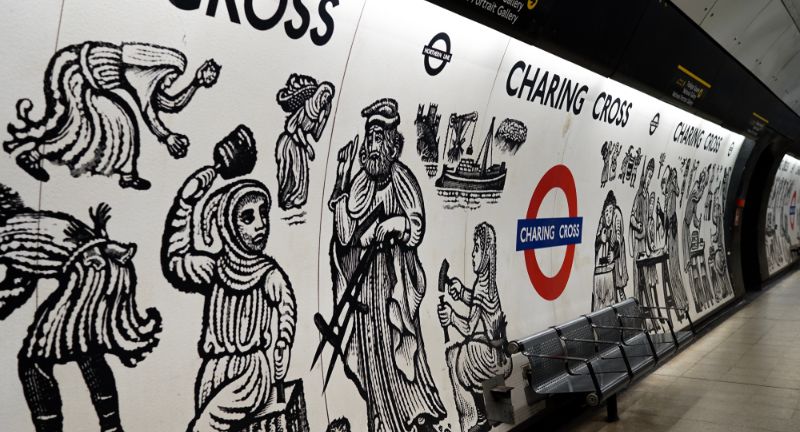
Shutterstock
Charing Cross Station is home to a little-known secret chamber hidden beneath its platforms. This chamber was used during World War II as a secure meeting place for military and government officials. Today, it is mostly sealed off, though it has been used for filming movies and TV shows. The existence of such spaces adds to the mystery and intrigue of the Underground.
The Tube Inspired Many Songs and Films

Shutterstock
The London Underground has provided inspiration for numerous songs, films, and pieces of literature. The Jam’s classic song “Down in the Tube Station at Midnight” captures the eerie atmosphere of traveling late at night. The Tube has also played a key role in films such as Skyfall, V for Vendetta, and 28 Days Later. Its unique tunnels and architecture make it a favorite setting for storytelling.
Conclusion
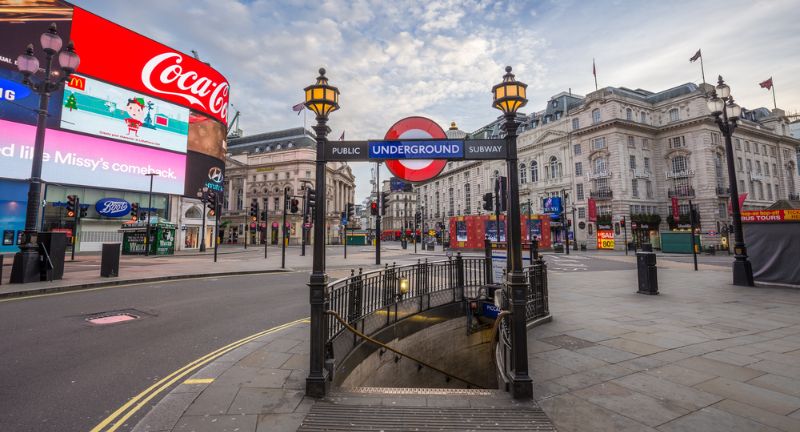
Shutterstock
The London Underground is far more than just a way to get from point A to point B—it’s a fascinating network steeped in history, innovation, and mystery. From its hidden ghost stations to its role in wartime survival, the Tube has remained an essential part of London’s identity for over 160 years. Whether you’re intrigued by its architectural marvels, curious about its underground wildlife, or simply appreciate its efficiency, the Underground has something for everyone. As the system continues to evolve with new technology and expansions, it remains a testament to London’s ability to blend tradition with progress. Next time you ride the Tube, take a moment to appreciate the rich history beneath your feet.
More From Bon Voyaged
-
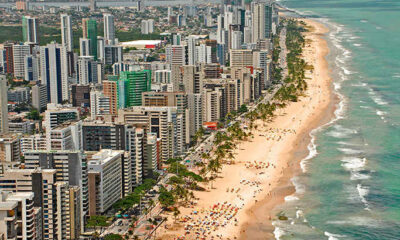

8 Most Dangerous Beaches In The World
-


Reel in the Fun: America’s Top 25 Fishing Destinations
-


25 Fascinating Facts About Iceland: The Land of Fire and…
-


Extreme Adventure: Hiking the World’s Toughest Trails
-


25 Hidden Gem Vacation Spots Around The World
-


35 Secret Destinations You’ll Want to Visit in 2025
-


25 Top Cruise Destinations For Older Adults
-


20 Most Beautiful Orange Perennials
-


25 Dream Destinations with Picture-Perfect Weather Every Day
-
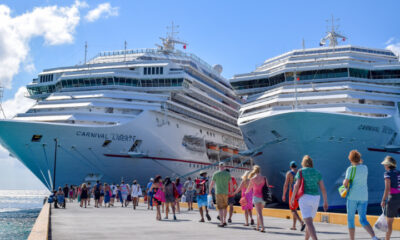

8 Tips Cruise Travel Agents Leave Out When Helping You
-


Off the Tourist Track: 25 Unique Hawaii Experiences You Must…
-
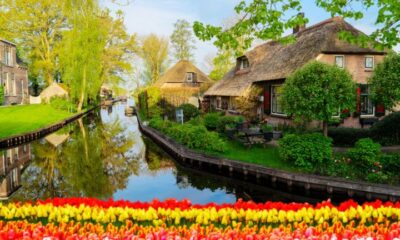

28 Towns Across The World That Offer Canal Street Living

